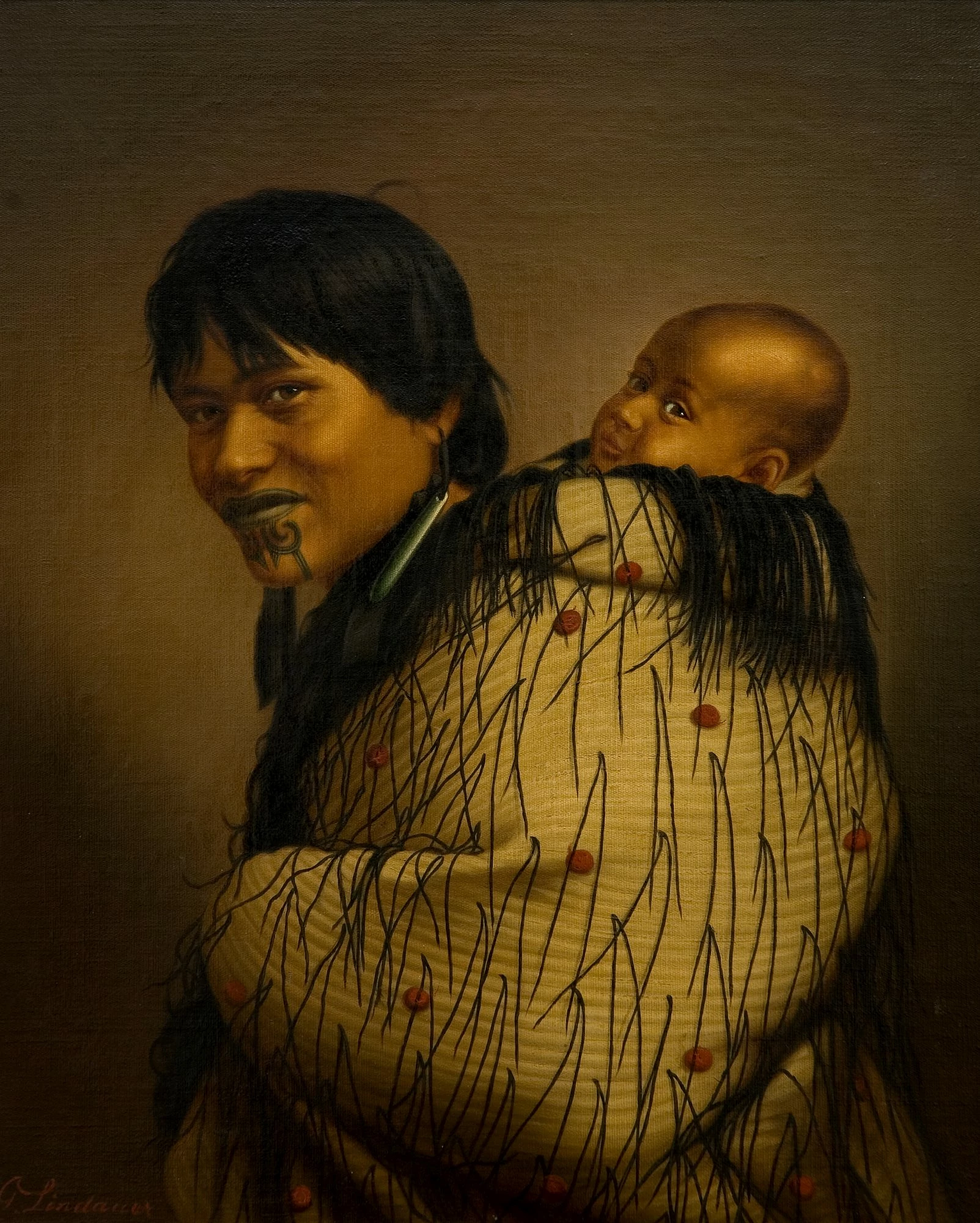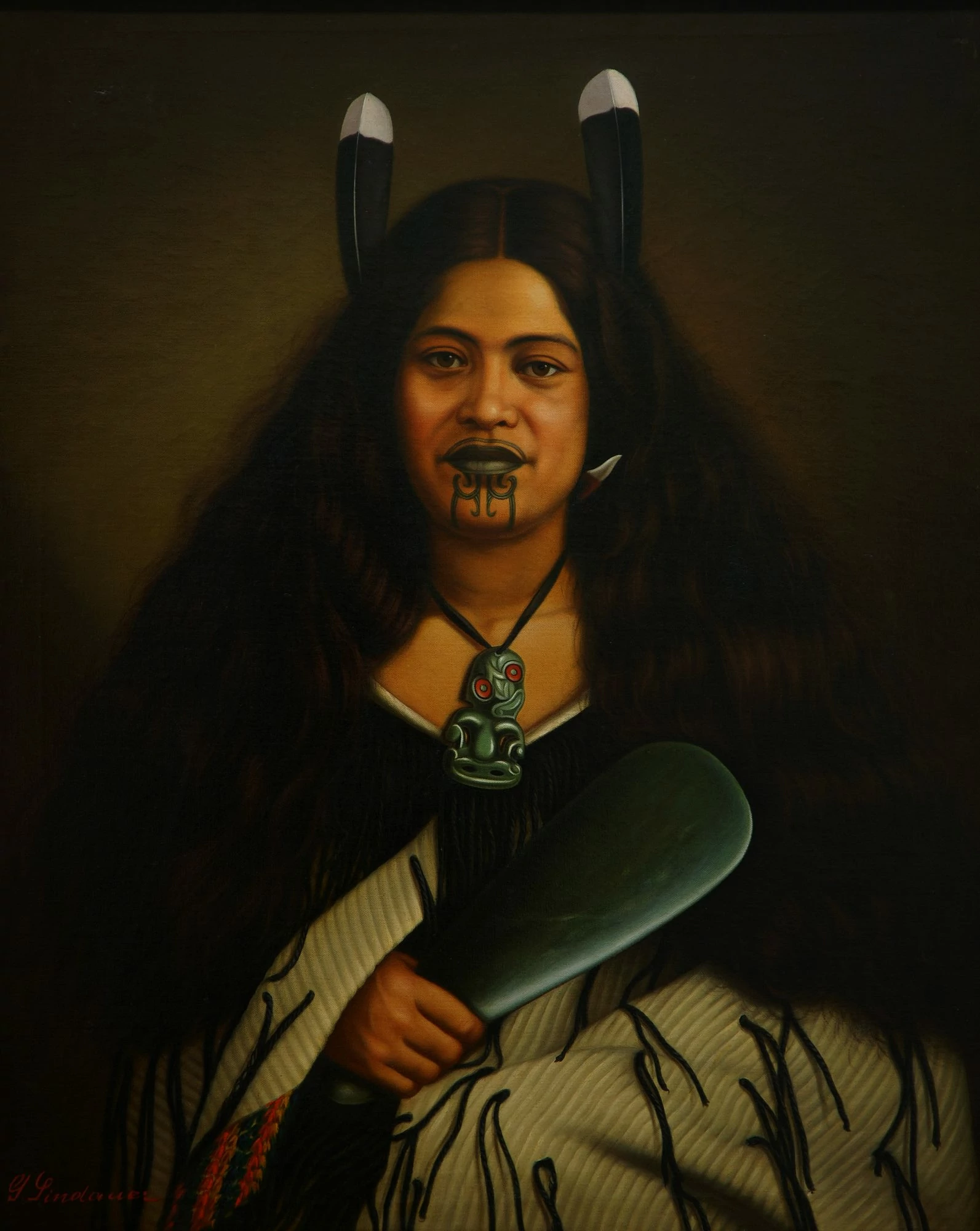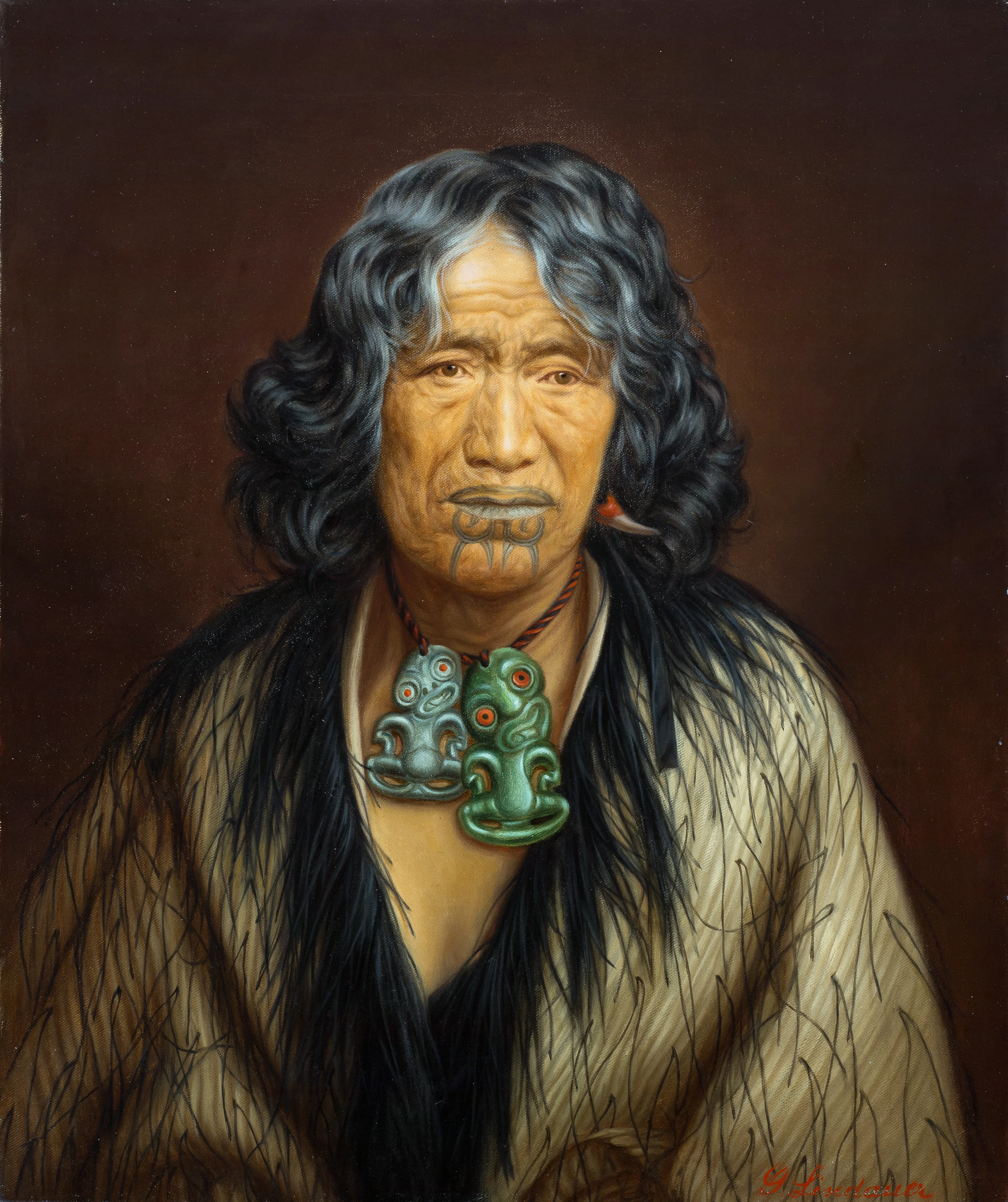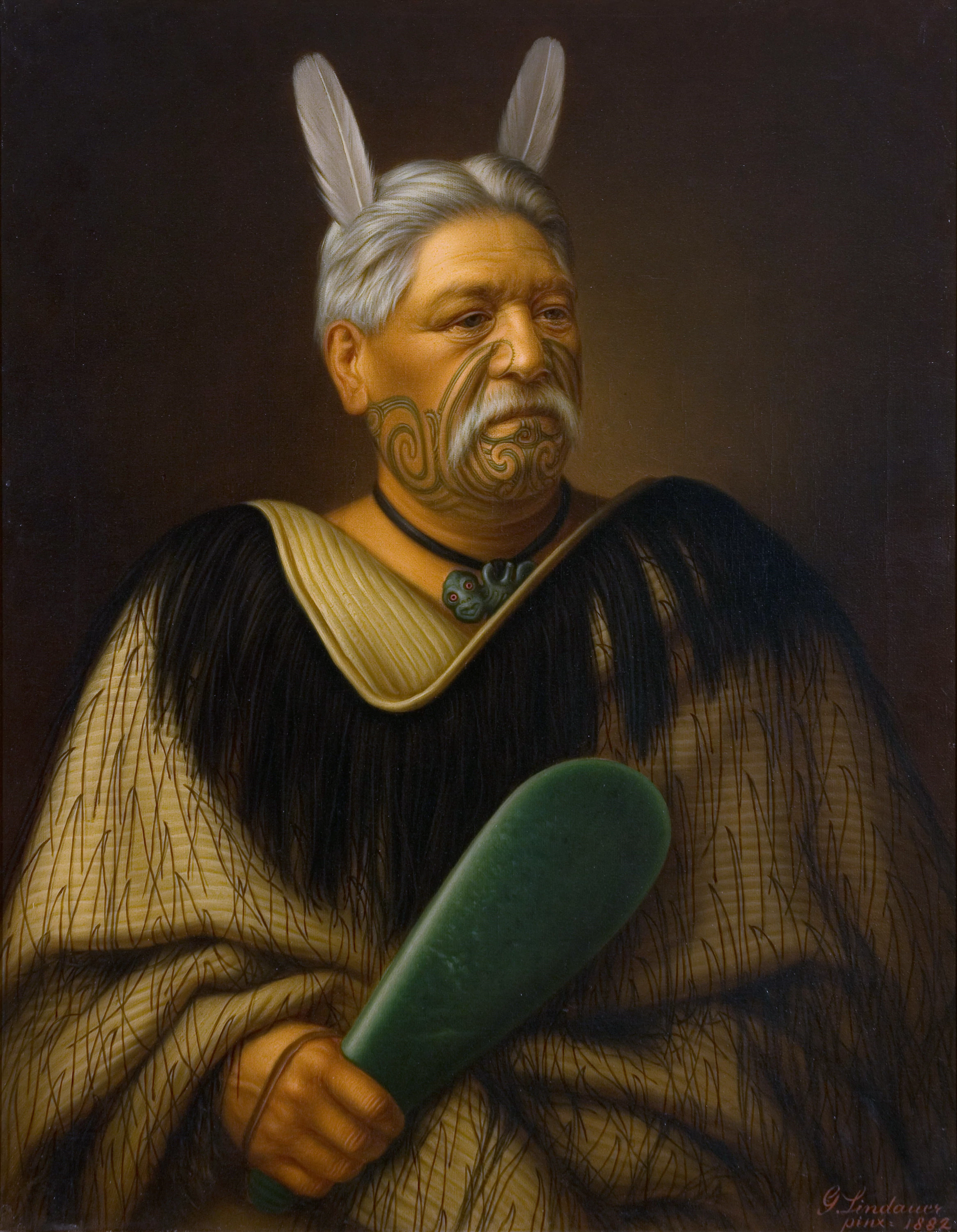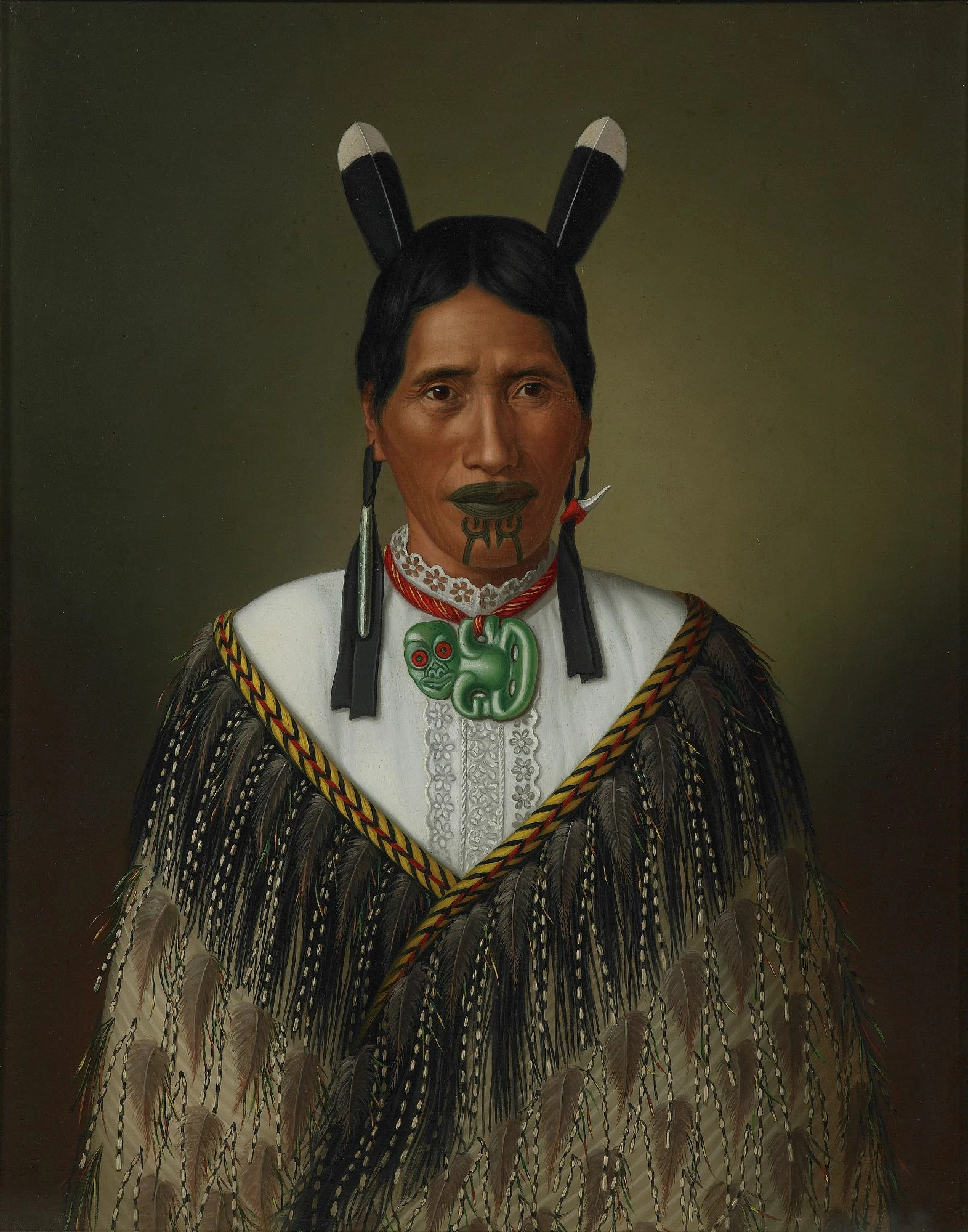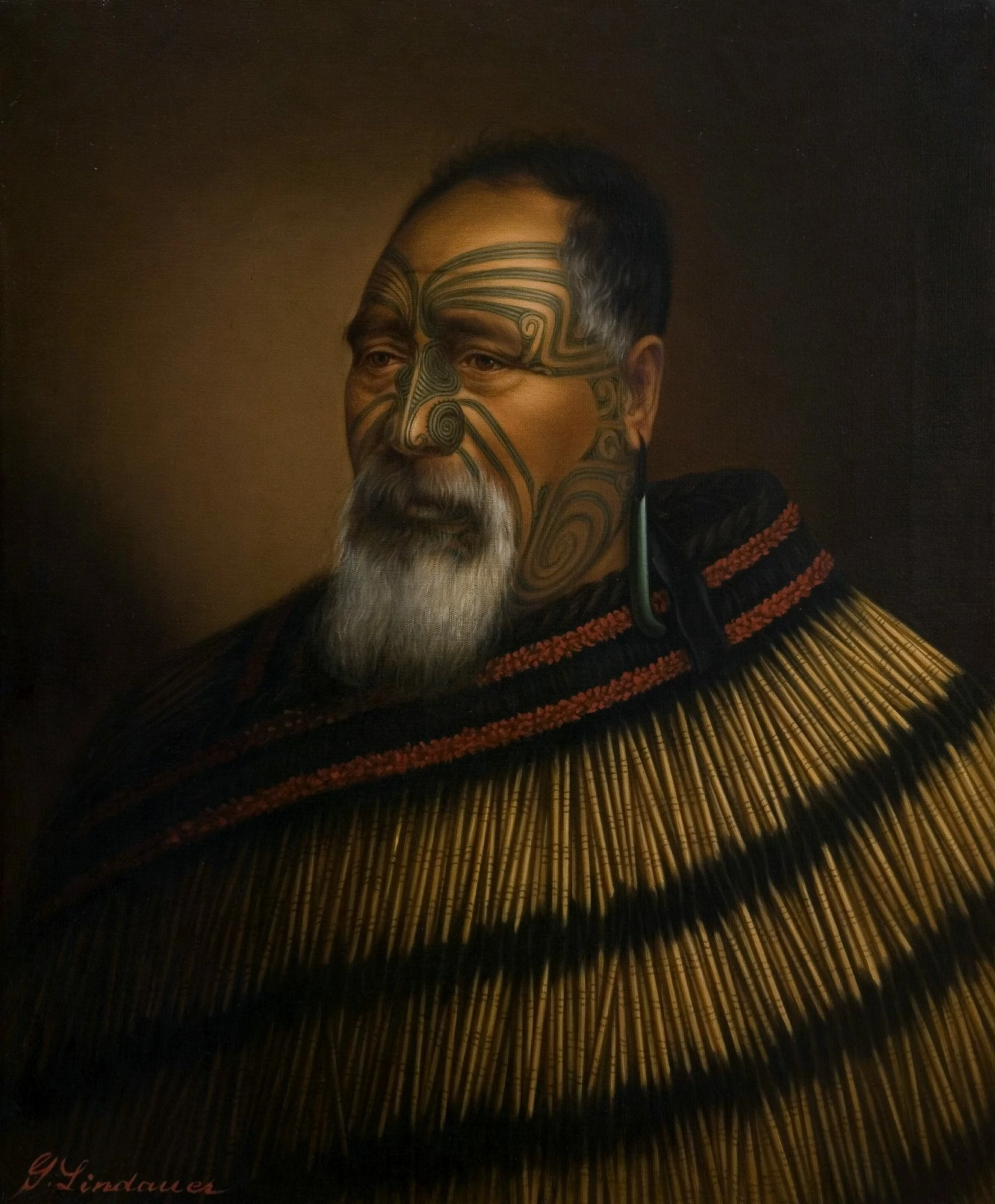Gottfried Lindauer
Anthropology or exploitation? Portraits of the Māori


It’s hard to talk about Gottfried Lindauer without talking about technology.
Lindauer was a formal portrait painter, trained in the Academy of Fine Arts in Vienna at age 16, and apprenticed with the portraitist Carl Hemerlein in his early twenties. His work was well received, and he earned commissions by many local leaders in his hometown of Pilsen. Lindauer’s career could have been one of moderate success and little adventure, but by the 1870s his entire industry was sliding into irrelevance.
After Louis-Jacques-Mandé Daguerre presented his newly-invented daguerreotype in Paris in 1839, photography exploded in popularity. Photography evolved fast, growing cheaper and faster over the next decades. In 1871, Dr. Richard Maddox invented dry-plate photography, improving the process and making photographic portraits easily affordable.
In the early 1870s Lindauer was hit hard by the decline in portrait commissions, and after a sojourn in Germany, he emigrated to New Zealand, chasing new opportunities. It was a good move. While living in Auckland, Landauer met the businessman Henry Partridge, who became Landauer’s devoted patron. Partridge commissioned over 70 artworks by Landauer, funding a unique body of work that became Landauer’s true legacy: the documentary portraits of the Māori.
Henry Partridge was a prospector-turned-businessman-turned-philanthropist who'd been introduced to the Māori, the indigenous Polynesian people of New Zealand, while hunting for gold. The Māori were in a period of profound cultural change. The past 50 years had brought more European settlers and traders to New Zealand, and trading, missionaries and the introduction of firearms destabilized the Māori society. But the greatest threat was disease. By the time Partridge moved to New Zealand, smallpox, influenza and measles had wiped out as much as 50 percent of the Māori people.
When Gottfried Lindauer arrived in Auckland, Partridge commissioned him to create portraits of Māori leaders, aiming to create a visual record of the Māori people before their believed cultural extinction. Lindauer’s portraits were idealized at first, featuring traditional garb, ritual items and weapons. But as his name spread through the Māori community, he was commissioned by individuals. These later portraits paint a more truthful picture of Māori life, with the sitters often in Western clothes, and with a careful eye to scars and lines, and the true character of the subject.
Lindauer’s Māori portraits became popular commodities, reproduced and sold to serve the European fascination with the exotic. They can be seen as a colonial appropriation and marketing of a dying culture. But to the Māori, these portraits embodied the mana, the spiritual authority, of the individual, and provided a connection to family and history.
...
Got questions, comments or corrections about Gottfried Lindauer? Join the conversation in our Discord, and if you enjoy content like this, consider becoming a member for exclusive essays, downloadables, and discounts in the Obelisk Store.

